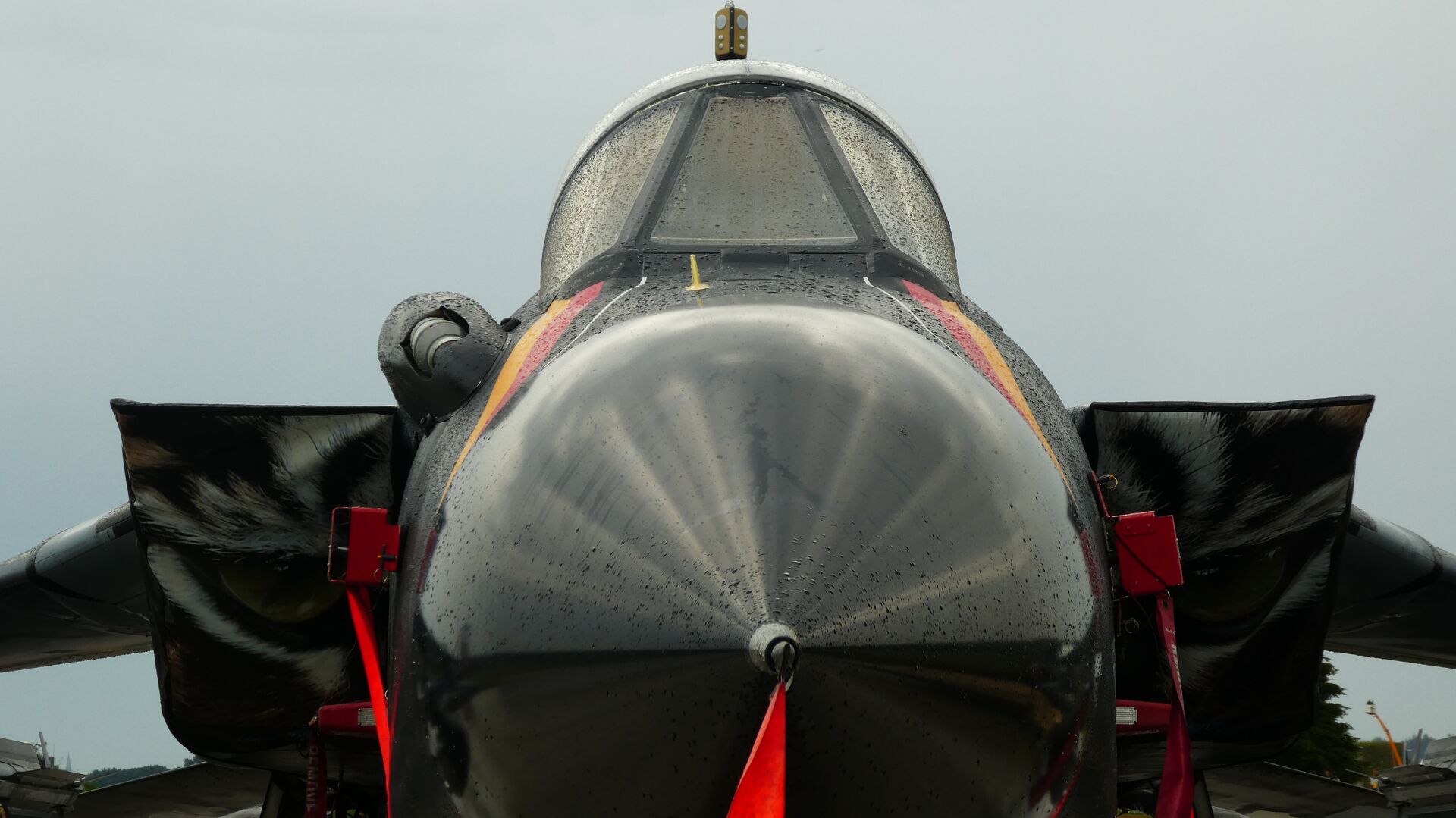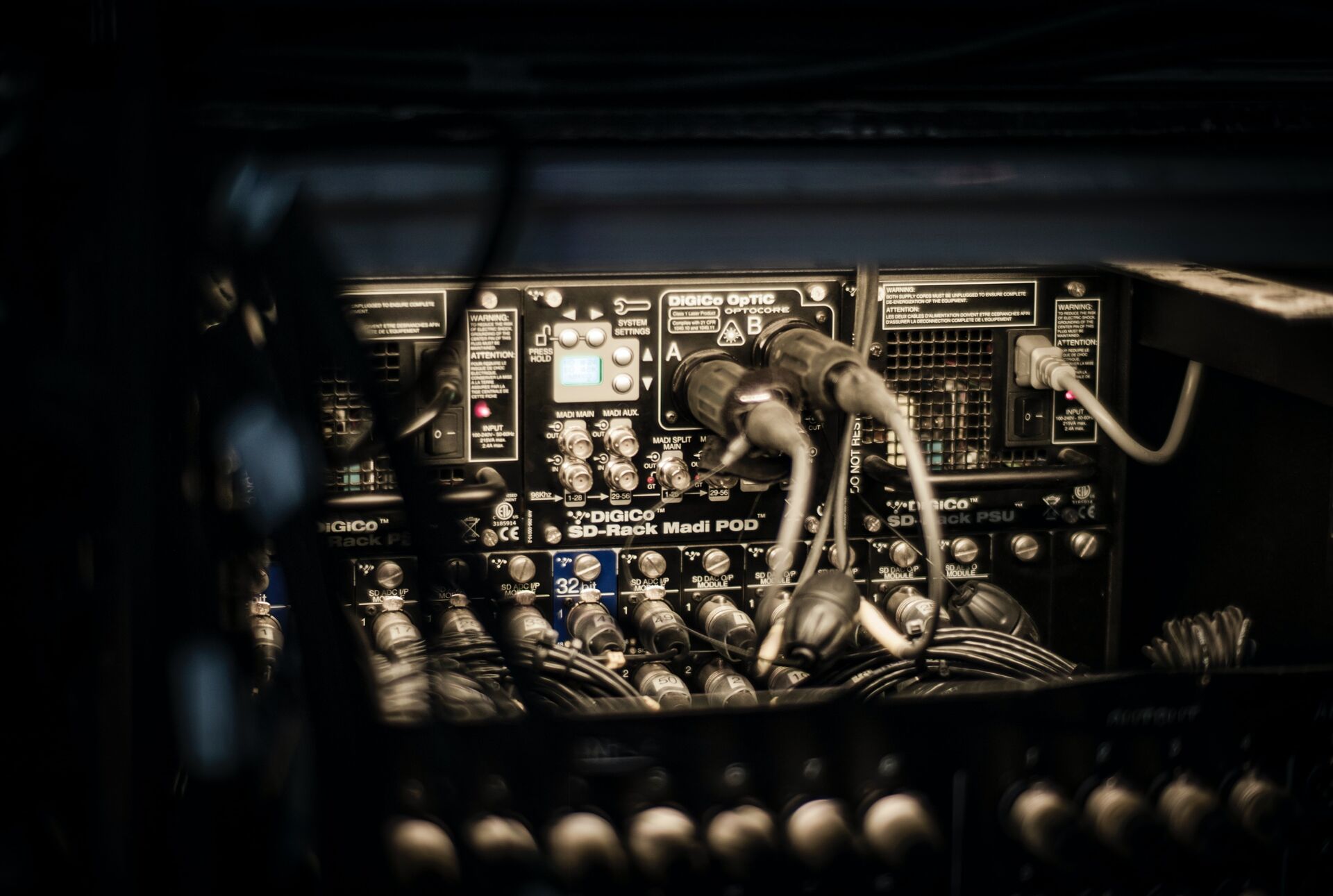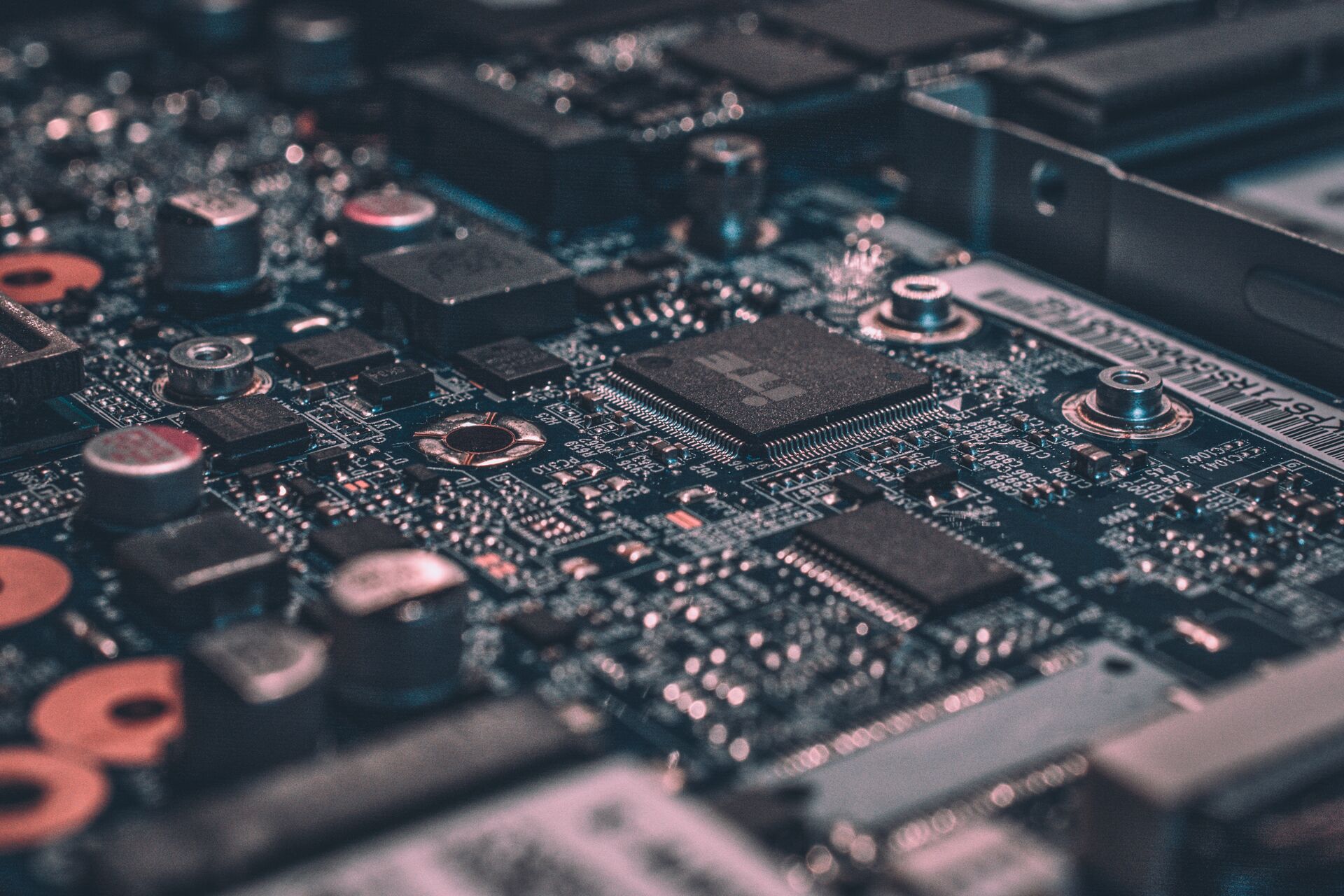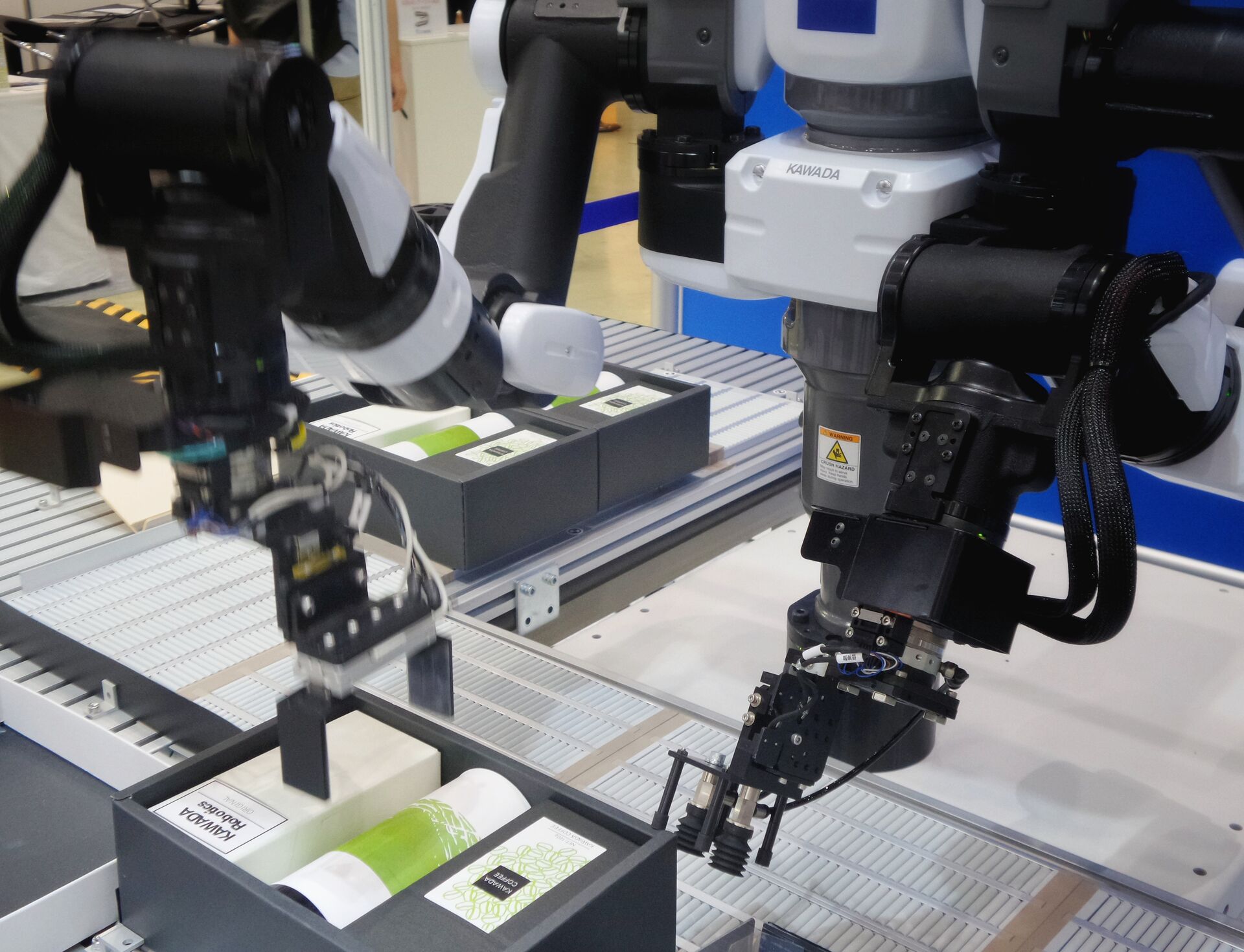Keeping progressing, Pursuing integrity, Embracing future
BLOG
A Choice of Lamps for the QUV Accelerated Weathering Tester Your exposure application determines which type of UV lamps should be used. All of the QUV ® accelerated weathering tester's lamps emit mainly ultraviolet rather than visible or infrared light. All are electrically equivalent to an ordinary 40-watt fluorescent. However, each lamp type differs in the total amount of UV energy emitted and in its wavelength spectrum. Fluorescent UV lamps are usually categorized as UVA or UVB lamps, depending on the region into which most of their output falls.
UVA Lamps UVA lamps are especially useful for comparing different types of polymers. Because UVA lamps do not have any UV output below the normal solar cutoff of 295 nm, they usually do not de - grade materials as fast as UVB lamps. However, they usually provide better correlation with actual outdoor weathering. UVA-340. The UVA-340 provides the best possible simulation of sunlight in the critical short wavelength region from 365 nm down to the solar cutoff of 295 nm. Its peak emission is at 340 nm. UVA-340 lamps are especially useful for compari - son tests of different formulations. The UVA-340+ lamps provide the same spectrum, but can be used for testing at higher output levels. UVA-351. The UVA-351 simulates the UV portion of sunlight filtered through window glass. It is most useful for interior applications, testing of some inks, and for polymer damage that can occur in an environment near a window.
UVB Lamps UVB lamps extend below the shortest wavelengths of sunlight found on the earth’s surface. Conse - quently, fluorescent UVB lamps are widely used in QC and R&D for fast, cost-effective results. Be - cause all UVB lamps emit unnatural, wavelengths of UV that are below the solar cutoff of 295 nm, anomalous results can occur. Three types of UVB lamps are available. They emit different amounts of total energy, but produce the same UV wave - lengths in the same relative proportions. UVB-313EL. The UVB-313EL gives fast results and it is particularly useful for QC and R&D ap - plications and for durable materials. Compared to the QFS-40 lamp, the UVB-313EL produces substantially higher UV output, faster test results and is very stable. The UVB-313EL+ offers higher maximum output with a similar spectrum to the UVB-313EL lamps. The SOLAR EYE ® irradiance controller can be used to decrease the output of the UVB-313EL and UVB-313EL+ to mimic the irradiance of a QFS-40. This allows longer lamp life and minimizes lamp replacement costs.
QFS-40. Also known as FS-40 or F40 UVB, this is the original QUV tester lamp. FS-40 lamps have been used for many years, and are still specified in many automotive test methods, particularly for coatings. QFS-40 should only be used in the QUV/basic model.
Other Manufacturers. Other UV lamps may be available from other manufacturers. These are often intended to be copies of Q-Lab's fluorescent lamps. Although the names may be the same (e.g., UVB-313 or UVA-340), other manufacturers' lamps may have very different irradiance, spectral power distribution or aging characteristics. Consequently, they may not give the same test results. For best results, use only Q-Lab lamps in your QUV weathering tester.
SOLAR EYE Irradiance Control Models QUV/se and QUV/spray are equipped with SOLAR EYE Irradiance Control. The controller continuously monitors the UV intensity using four sensors at the same plane. The feedback loop systems allows it to automatically compensate for lamp aging or any other variability by adjusting power to the lamps. SOLAR EYE control allows better reproducibility and repeatability than manual irradiance control systems used in old-style QUV machines and the QUV/basic.
High Irradiance SOLAR EYE irradiance control allows you to operate the QUV tester at various intensity levels for different applications and still maintain realistic test conditions. For example, with the UVA-340 lamps you could set the SOLAR EYE controller to simulate the following sunlight conditions: Typical: For quick results without sacrificing correlation. With UVA 340 lamps, this irradiance level is a close match to noon summer sunlight. High (1.75×): 75% higher than typical irradiance for fast test results, using UVA-340+ lamps
Inquiry
LATEST BLOGS
INQUIRY
RELATED PRODUCTS
 launch of an ambient light sensor tsl2585 using proprietary UV-A light detection technologyRecently, Ames OSRAM announced the launch of an ambient light sensor tsl2585 using proprietary UV-A light detection technology, which can detect the UV-A radiation in natural light and is suitable for space limited wearable applications and other mobile a
launch of an ambient light sensor tsl2585 using proprietary UV-A light detection technologyRecently, Ames OSRAM announced the launch of an ambient light sensor tsl2585 using proprietary UV-A light detection technology, which can detect the UV-A radiation in natural light and is suitable for space limited wearable applications and other mobile a IOT antenna in Urbanization coverage in China will exceed 2 billionThe number of Internet of things connections in China will exceed 2 billion by the end of 2023! Major cities have initially built new infrastructure for the Internet of things!
IOT antenna in Urbanization coverage in China will exceed 2 billionThe number of Internet of things connections in China will exceed 2 billion by the end of 2023! Major cities have initially built new infrastructure for the Internet of things! IOT Let the household have more possibilitiesFocus on 5g and AI industries and shout for science and technology! At present, the Internet of things (IOT) combines emerging technologies such as 5g and cloud computing.
IOT Let the household have more possibilitiesFocus on 5g and AI industries and shout for science and technology! At present, the Internet of things (IOT) combines emerging technologies such as 5g and cloud computing.




